Amplifier System dPatch®
Low-noise Ultra-fast Digital Patch Clamp Amplifier System
- Sutter Instruments - DPATCH/DPATCH-2
- Single-channel recordings
- Auditory research and other rapidly changing signals
- Tissue slice recordings
The dPatch Integrated Digital Patch Clamp Amplifier is a computer-controlled single- or dual-headstage system optimized for both single-channel and whole-cell recording applications.
The resulting design represents a complete rethinking of how to best reduce noise and preserve signal to get the cleanest recordings possible, at a bandwidth that far exceeds anything else on the market. The dPatch amplifier system's digital architecture uses state-of-the-art methods in signal processing, such as field-programmable gate arrays (FPGAs) and Arm Core processors – technologies unavailable when the leading amplifiers in the market were designed well over 20 years ago. The processing power of this design FINALLY enables fully integrated dynamic clamp, as well as digital capacitance and resistance compensation. The included SutterPatch® Software facilitates data acquisition, mangement and analysis with an intuitive and easy to learn interface.
Available in either a single- or dual-headstage configuration, the dPatch amplifier system’s architecture makes swapping headstages, or adding a second one to a single-headstage unit, a plug-and-play operation. The two headstages are independently configurable for either voltage clamp or FastFollower™ current clamp.
Currently available:
- Event Detection Module: A deconvolution algorithm that excels at detecting miniature synaptic events even on a noisy background.
- Action Potential Analysis Module: Phase plane plot, timing and waveform statistics.
- Camera Module: An easy way to document the identity and condition of the recorded cell.
A LABORATORY WORKHORSE
While the dPatch System is ready for cutting-edge research, its feature set makes it immediately valuable in any lab setting.
- Three headstage feedback ranges for optimal whole-cell and single-channel recording
- Automated compensation of electrode and whole-cell capacitance
- Series resistance compensation
- Simple cabling, quick and easy set-up
- High dynamic range of digitizer means no need for variable gain stages
- High speed of digitizer means no concern about sample rate
COMMON APPLICATIONS:
- Single-channel recordings
- Auditory research and other rapidly changing signals
- Tissue slice recordings
- Cultured cell experiments
- Cell line studies from adherent or dispersed cells
- Optogenetics
- Nanopore and nanogap research
FEATURES
- Free technical support
- Fully integrated single- or dual-headstage patch clamp amplifier and data acquisition system ensures quick and easy setup
- Optimized for single-channel and whole-cell patch clamp recordings in tissue slices, adherent or dissociated cells
- Full computer control provides automated compensation of electrode and whole cell capacitance
- Voltage clamp, FastFollower™ current clamp and fully integrated dynamic clamp capability for complete characterization of cells' electrical activity
- Line frequency reduction in SutterPatch
- Software lock-in amplifier in SutterPatch for high-resolution capacitance measurements
- High bandwidth enables characterization of the fastest signals
- Three headstage feedback ranges for single-channel and whole-cell patch clamp recordings
- Comprehensive digital compensation circuitry provides the utmost precision and signal fidelity
- Bundled SutterPatch® software provides versatile data management, intuitive navigation and streamlined data analysis.
ACCESSORIES
Ground Point
The Ground Point GP-17 provides reliable, low resistance connections for a star ground configuration, the proven method to avoid ground loops in any electrophysiology setup. Accepts 9 banana plugs + 8 bare wires up to 10 gauge or banana plugs. The baseplate mounts directly on imperial or metric air table tops with the included ¼-20 and M6 screws. Made of solid, machined brass with plated banana/clamp connectors.
dPatch Expansion Panel

Quartz Pipette Holder
While polycarbonate is a proven material for patch pipette holders, it undergoes significant thermal expansion. Uneven warming may lead to motion of the pipette tip and is often incorrectly perceived as drift in the micromanipulator. Quartz has a significantly lower thermal expansion coefficient and virtually eliminates thermal drift. (Link to video: Minimizing thermal expansion with the Sutter Instrument Quartz Pipette Holder)
Amplifier
- Hardware architecture enables all data conversion to be performed near the preparation, well away from known noise sources, such as power supplies and high-speed digital circuitry.
- Voltage clamp and true current clamp modes with smart switching between modes to avoid current artifacts
- Three choices of headstage feedback elements to optimize both single-channel and whole-cell recording
Element | Bandwidth | 10 kHz BW | Compensation Range | Resistance Range | Capacitance Range | |
|---|---|---|---|---|---|---|
- Automatic compensation routines for pipette compensation and whole-cell compensation, and series resistance compensation
- Series resistance prediction and correction independently programmable
- 8-pole Bessel filter 0.1, 0.2, 0.5, 1, 2, 5, 10, 20, 50, 100, 250, 500, 1000 kHz
- Signal processing of filter output to increase resolution and reduce data file size Resolution over 22 bits at 1 kHz filter setting
- High dynamic range of analog to digital converters alleviates need for variable output gain stages
- Holding potential ±1000 mV
- Current clamp bridge compensation and pipette capacitance compensation
- Slow holding potential tracking compensates for drift during current clamp recordings
Data Acquisition
- Embedded data acquisition system eliminates the need for an external data acquisition board*
**5 MHz sampling rate per headstage, 22-bit resolution
**4 Analog outputs, 16-Bits, ±10 V output each continuously updated at 250 kHz
**16 Digital outputs (TTL) each running at 250 kHz
**Independent Trigger IN / Trigger OUT for synchronization of external instrumentation
- 8 Auxiliary analog inputs, 16-bit fully differential, ±10 V input, each continuously sampled at 200 kHz
- Single SuperSpeed USB 3.0 connection controls data acquisition and amplifier
- Complex command waveforms
- Data acquisition can be initiated by an onboard microsecond clock or external (TTL) trigger
SutterPatch Software
- Built on the foundation of Igor Pro 8 (WaveMetrics, Inc.)
- Paradigms and Routines provide complete experimental control
- Waveform Editor for easy creation of even the most complex stimulus patterns or user-defined templates
- Associated Metadata stores all relevant information regarding your experiment
- Comprehensive data analysis routines and publication-quality graphics
- Rapid-response online line-frequency reduction
- Runs on Windows 10 or later (64-bit),or Macintosh OS X 10.11 (El Capitan) or newer versions
| Dimensions | dPatch: 19 in x 11 in x 3.5 in | 48.2 cm x 28 cm x 9 cm dPatch Preamplifier: 7.6 in x 3.5 in x 1.2 in | 19.5 cm x 9 cm x 3 cm dPatch Headstage: 3.7 in x 1.1 in x 0.66 in | 9.5 cm x 2.9 cm x 1.7 cm |
| Weight | dPatch: 15 lbs | 6.8 kg |
| Electrical | 110/240 Volts 50/60 Hertz power line *Patent No. US 10,393,727 B2 |
| RoHS Compliant | |
| DPATCH CE Certificate | |
SYSTEM REQUIREMENTS Minimum Configuration: Windows 10 (64-bit),or MacOS: 10.11, El Capitan or later1 Processor: Dual-core i52 Memory: 8 GB Solid-state drive (SSD): 500 GB or greater Display Resolution: 1024 x 768 (XGA) 1 available USB 3.0 SuperSpeed port (on the main board, not a PCIx card or similar)3 Recommended Configuration for Bandwidths of >50 kHz: Windows 10 (64-bit),or MacOS: 10.11, El Capitan or later1 Processor: Dual-core i52 Memory: 16 GB Solid-state drive (SSD): 500 GB or greater Display resolution 1920 x 1080 (Full HD) 1 available USB 3.0 SuperSpeed port (on the main board, not a PCIx card or similar)3 SUTTERPATCH® Data Acquisition Management System and Analysis Software: Included with all Sutter Instrument Amplifier Systems 1 Operating systems installed within virtualization software platforms such as VMware and Parallels are not supported. 2 At this point, WaveMetrics does not fully support Igor Pro on Mac computers based on the Apple Silicon M1 architecture. See https://www.wavemetrics.com/news/igor-and-apple-arm-processors for technical details. Preliminary experiments indicate that SutterPatch Software runs on these computers, both under Igor Pro 8 and 9, and with each of the Sutter Amplifier Systems connected. However, as with each new technology, we cannot fully exclude incompatibilities. 3 USB 3.0 ports are compatible with USB 2.0 High Speed specifications. Slower USB 2.0 ‘full-speed’ ports, which are sometimes found on older Windows PCs or USB add-in cards, are not supported. To check for High Speed USB 2.0 or USB 3.0 on a PC computer running Windows, look in the Control Panel > Device Manager > Universal Serial Bus controllers section for “Enhanced” host controllers. As this does not provide any mapping information to the computer’s physical ports, and there can be a mix of USB port versions, you should check individual USB ports for USB 2.0/3.0 High Speed operational performance. As a visual indicator, USB 3.0 ports are often color coded blue. USB hubs are not supported. USB add-in cards, even if they formally meet High Speed or Super Speed specifications, are not recommended. They are often architecturally configured as USB hubs and may lead to intermittent transfer errors that are hard to troubleshoot.
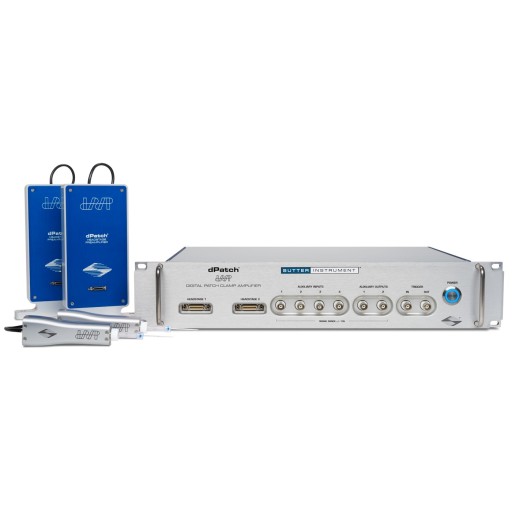
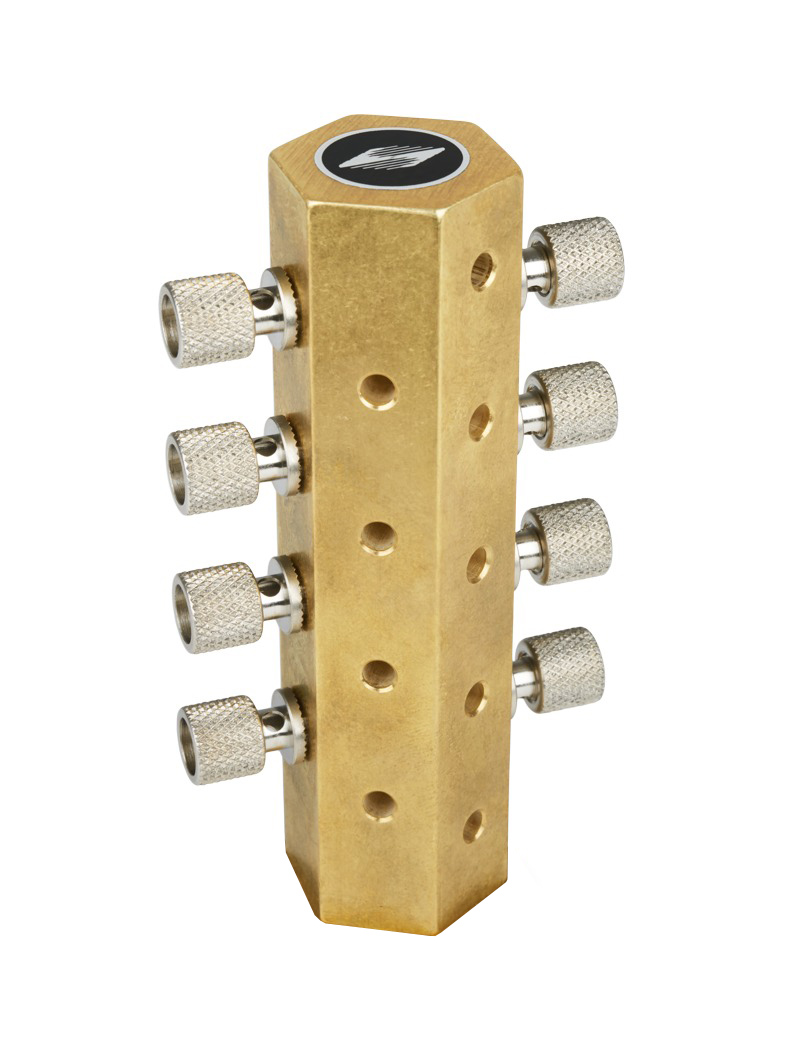
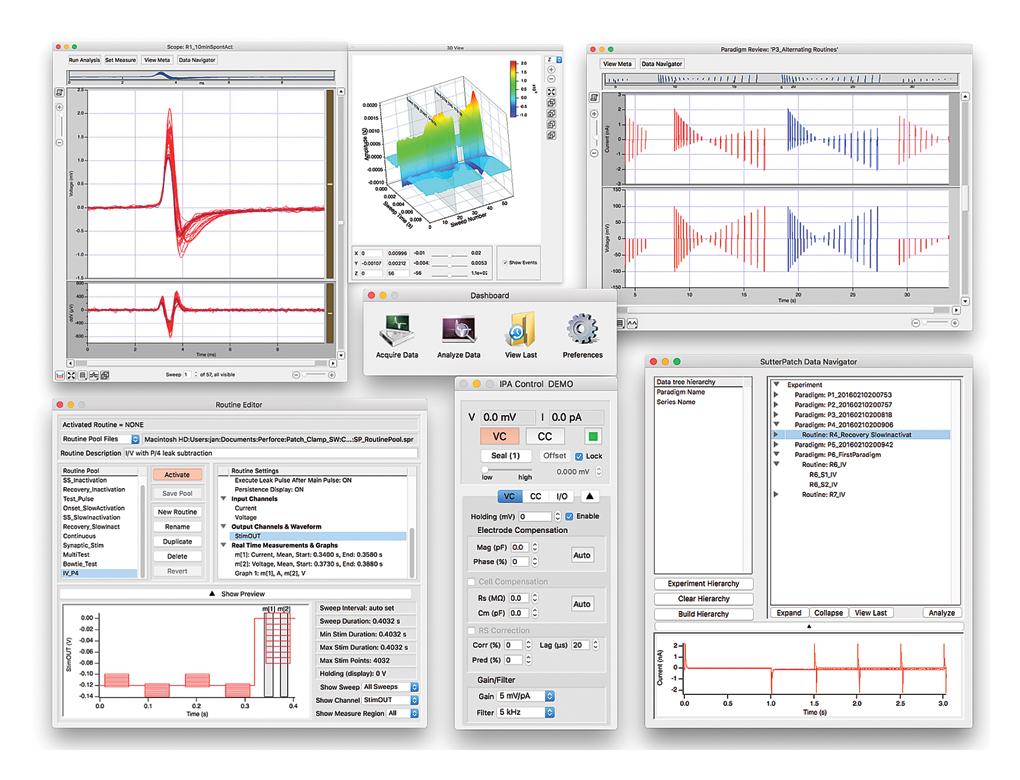
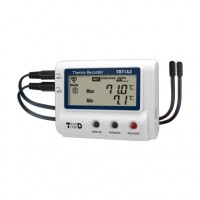

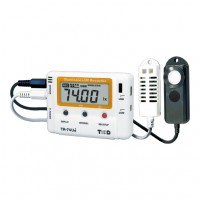
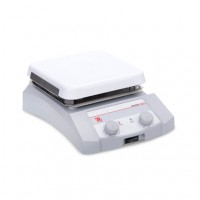
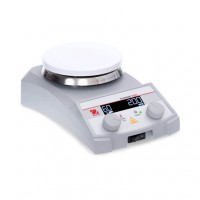


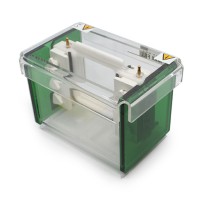


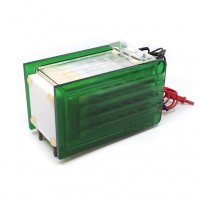
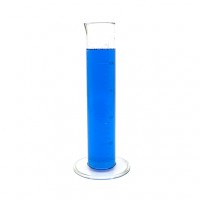
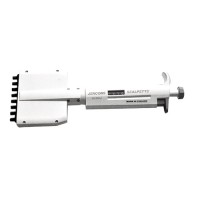
Do you have a question?
min 10 ch